Donald Trump, the Pope and the disruptive power of AI images
AI-generated deepfakes blur reality and could be used for political disinformation or personal blackmail
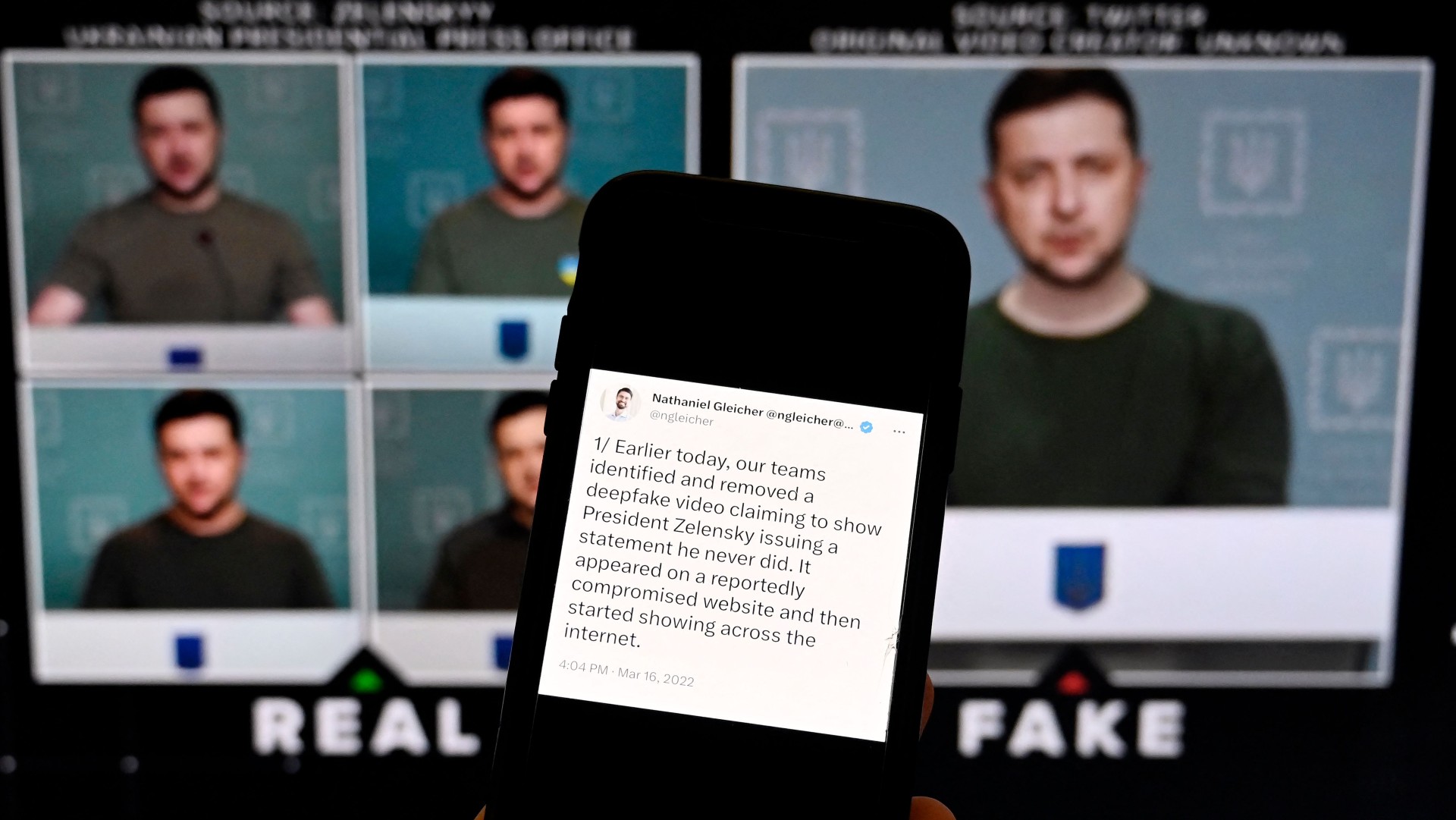
Deepfake images of Donald Trump being arrested and the Pope in a puffer jacket have sparked concern that we could be at a tipping point in being able to distinguish whether something posted online is real or not.
What happened?
Last week, as people across the US waited for the possible arrest of Donald Trump, Eliot Higgins, the founder of open-source investigations website Bellingcat, decided to generate his own images using the artificial intelligence (AI) programme Midjourney, which creates images from simple text prompts.
While Higgins made it clear the images were AI-generated, his posts went viral and were viewed nearly 5 million times in just two days.
The Week
Escape your echo chamber. Get the facts behind the news, plus analysis from multiple perspectives.

Sign up for The Week's Free Newsletters
From our morning news briefing to a weekly Good News Newsletter, get the best of The Week delivered directly to your inbox.
From our morning news briefing to a weekly Good News Newsletter, get the best of The Week delivered directly to your inbox.
In a case of life imitating art, the Independent reported that Trump “appears to be getting in on the fun of sharing AI photos of himself”. The former president responded to Higgins’ posts by sharing an AI-generated image of himself praying.
Just days later an AI-generated image of Pope Francis, wearing a large white puffer jacket, also went viral, racking up millions of views and even fooling misinformation experts.
What are the implications?
“Fears of AI fakery are not new,” said New Scientist. “For several years, we have faced the threat of deepfaked images of people’s faces, produced by earlier generations of AI trained on smaller volumes of information, but they have frequently had tell-tale signs of fakery, such as non-blinking eyes or blurred ears.”
The rapid development of AI technology to render images that look totally realistic means it could be “possible that in one or two years, people will not be able to tell a real image from a fake one – even when scrutinising it closely”, warned the i news site.
A free daily email with the biggest news stories of the day – and the best features from TheWeek.com
Last week appears to have been such an inflection point.
The Trump images have provided “a case study in the increasing sophistication of AI-generated images, the ease with which they can be deployed and their potential to create confusion in volatile news environments”, said The Washington Post.
Henry Ajder, an AI expert and presenter of the BBC radio series The Future Will Be Synthesised, told i news that the trend is concerning, especially if the technology was used for malicious purposes and gets into the wrong hands.
While there is concern AI-generated deepfake images could be used to spread disinformation to distort political processes or change the narrative around the war in Ukraine, for example, they could also be used on everyday people who do not have the resources to stop their spread “to create fake, incriminating images to show people somewhere they shouldn’t be, or used as forms of bribery or humiliation”, said i news.
What can be done about it?
Ultimately, said New Scientist “the rapid rise of AI means some disruption is inevitable”.
In recent years major technology companies have bolstered their policies against deepfakes. In 2019 Facebook-parent company Meta banned users from posting highly manipulated videos “but left the door open for manipulated videos that are meant to be parody or satire”, said The Washington Post. Twitter also “introduced a new rule prohibiting users from sharing deceptive and manipulated media that may cause harm, such as tweets that could lead to violence, widespread civil unrest or threatening someone’s privacy”.
Yet as AI technology gets more and more sophisticated social media companies have failed to keep up investment to detect and enforce these polices. There are some signs AI-generators themselves are starting to take action, with Midjourney and OpenAI, which also developed ChatGTP, working on safety restrictions on the prompts that people can enter to generate images.
However, The Washington Post said the Trump episode “makes evident the absence of corporate standards or government regulation addressing the use of AI to create and spread falsehoods”.
Dr Elinor Carmi, a lecturer in data politics and social justice at City University, London, agreed, saying the image of Pope Francis is “an example of a wider problem of technologies being pushed into our societies without any oversight, regulation or standards”.
Stressing the need for better media literacy of how easy it is to create and spread fake images, Carmi said: “Most of our society has been left behind, not understanding how these technologies work, for what purposes and what are the consequences of that.”
-
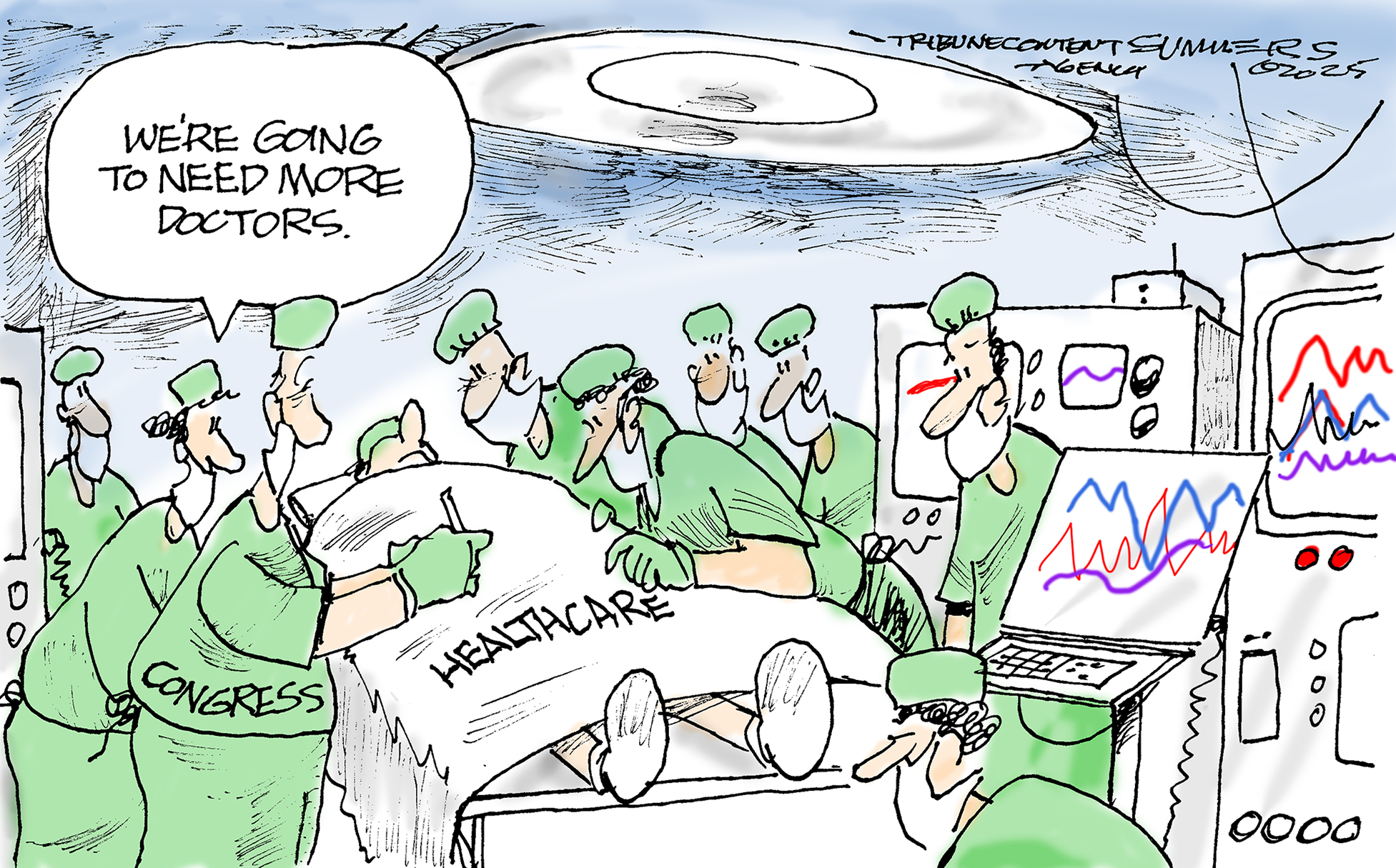 Political cartoons for December 13
Political cartoons for December 13Cartoons Saturday's political cartoons include saving healthcare, the affordability crisis, and more
-
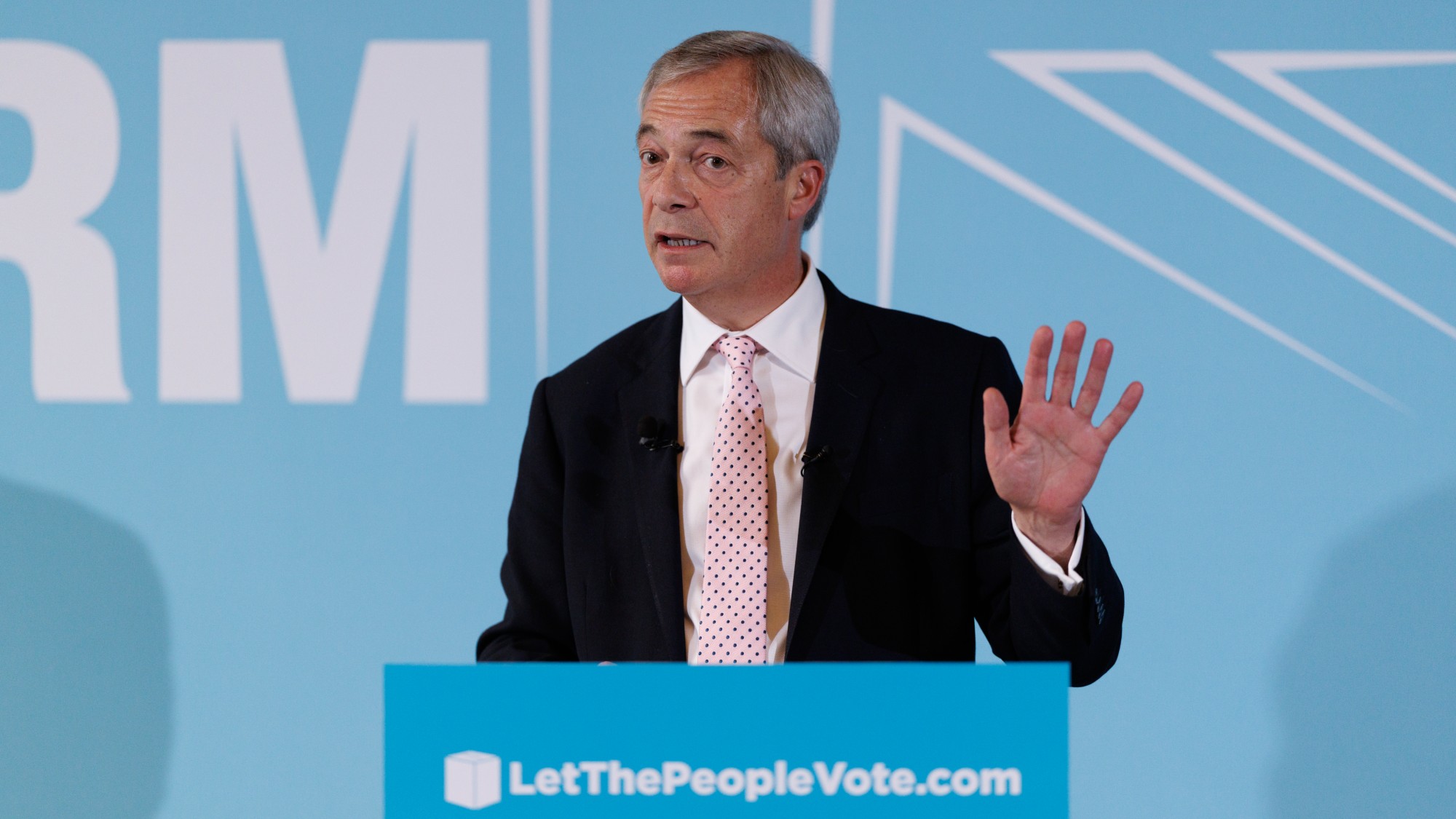 Farage’s £9m windfall: will it smooth his path to power?
Farage’s £9m windfall: will it smooth his path to power?In Depth The record donation has come amidst rumours of collaboration with the Conservatives and allegations of racism in Farage's school days
-
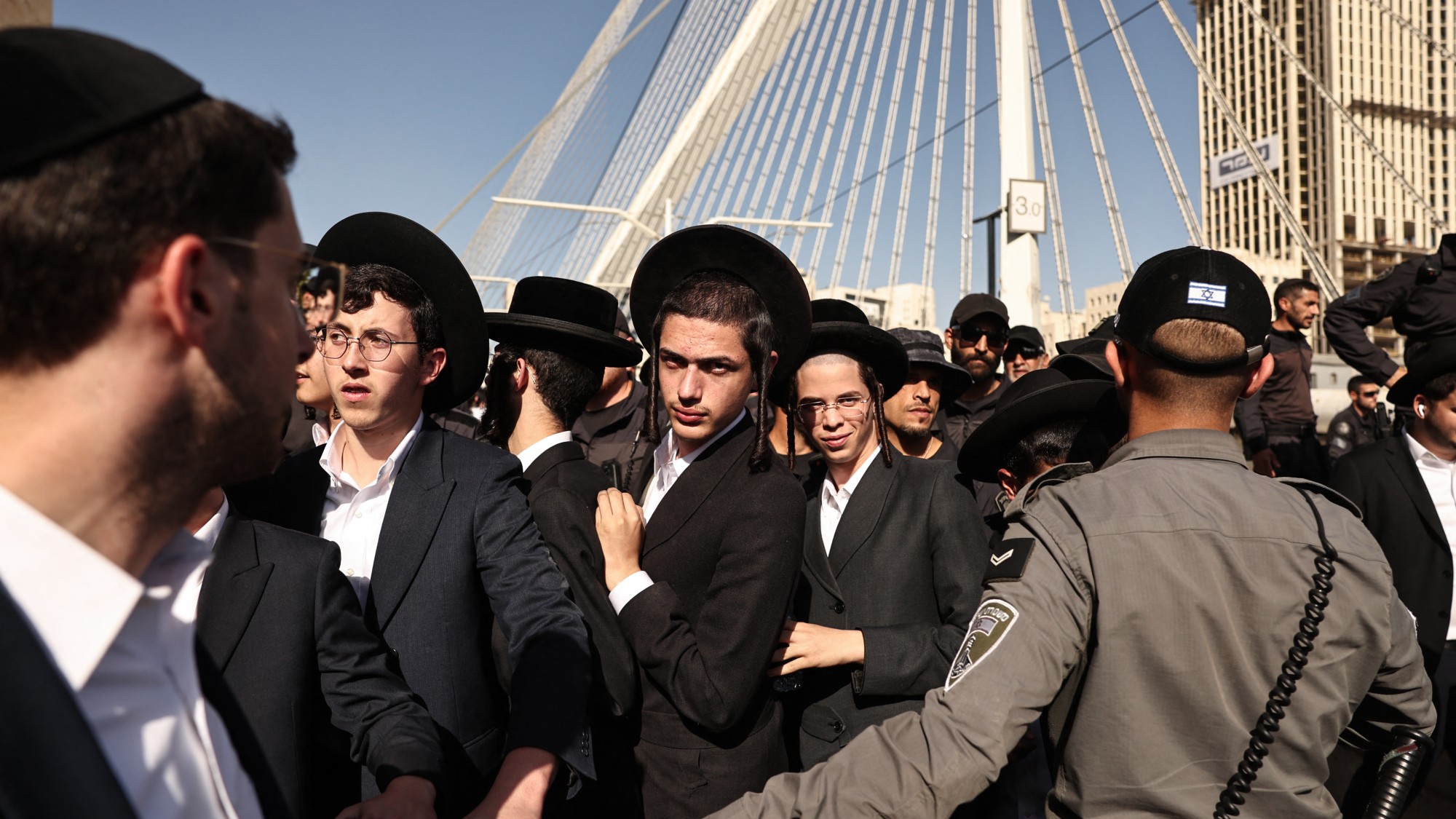 The issue dividing Israel: ultra-Orthodox draft dodgers
The issue dividing Israel: ultra-Orthodox draft dodgersIn the Spotlight A new bill has solidified the community’s ‘draft evasion’ stance, with this issue becoming the country’s ‘greatest internal security threat’
-
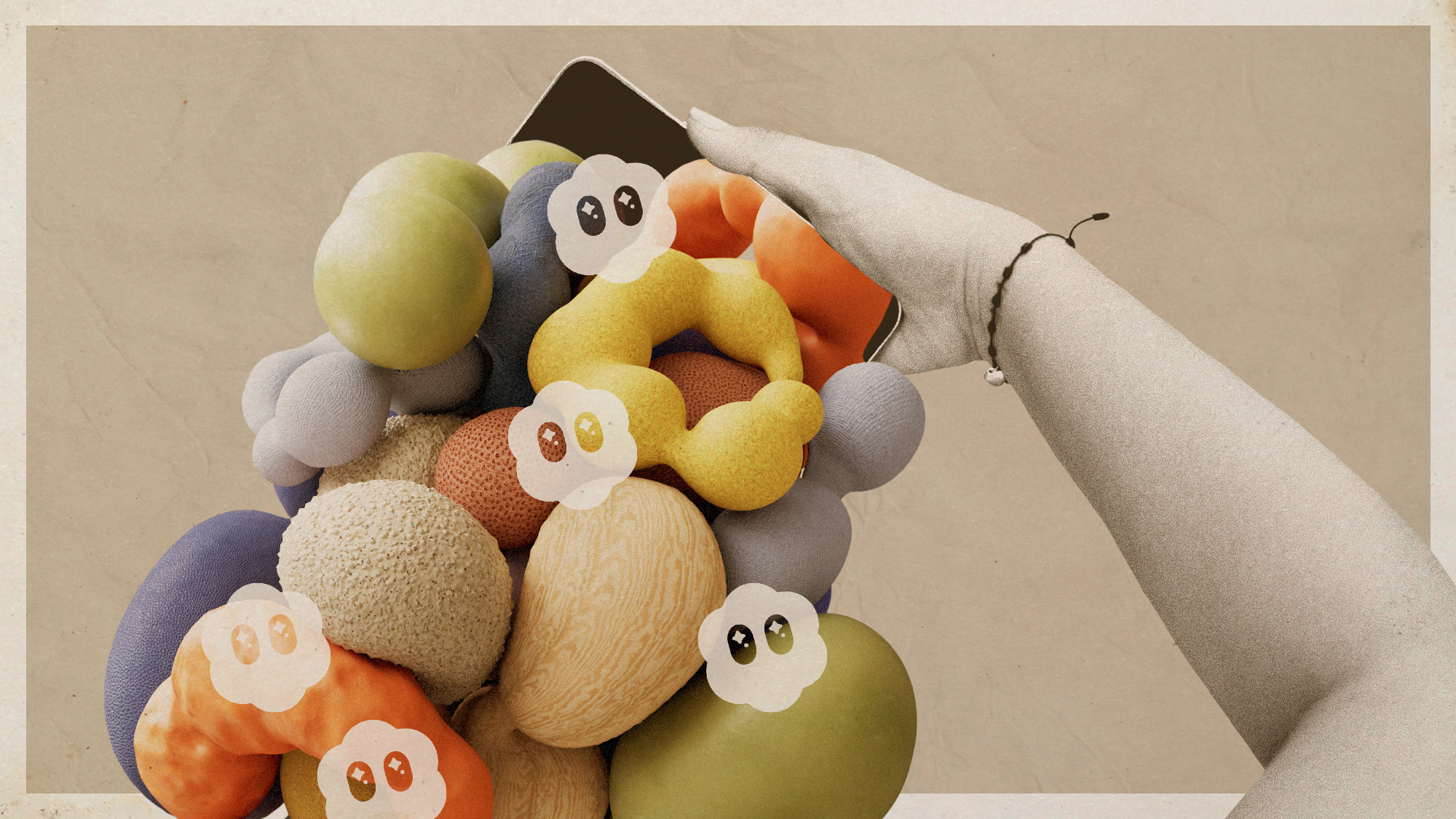 Separating the real from the fake: tips for spotting AI slop
Separating the real from the fake: tips for spotting AI slopThe Week Recommends Advanced AI may have made slop videos harder to spot, but experts say it’s still possible to detect them
-
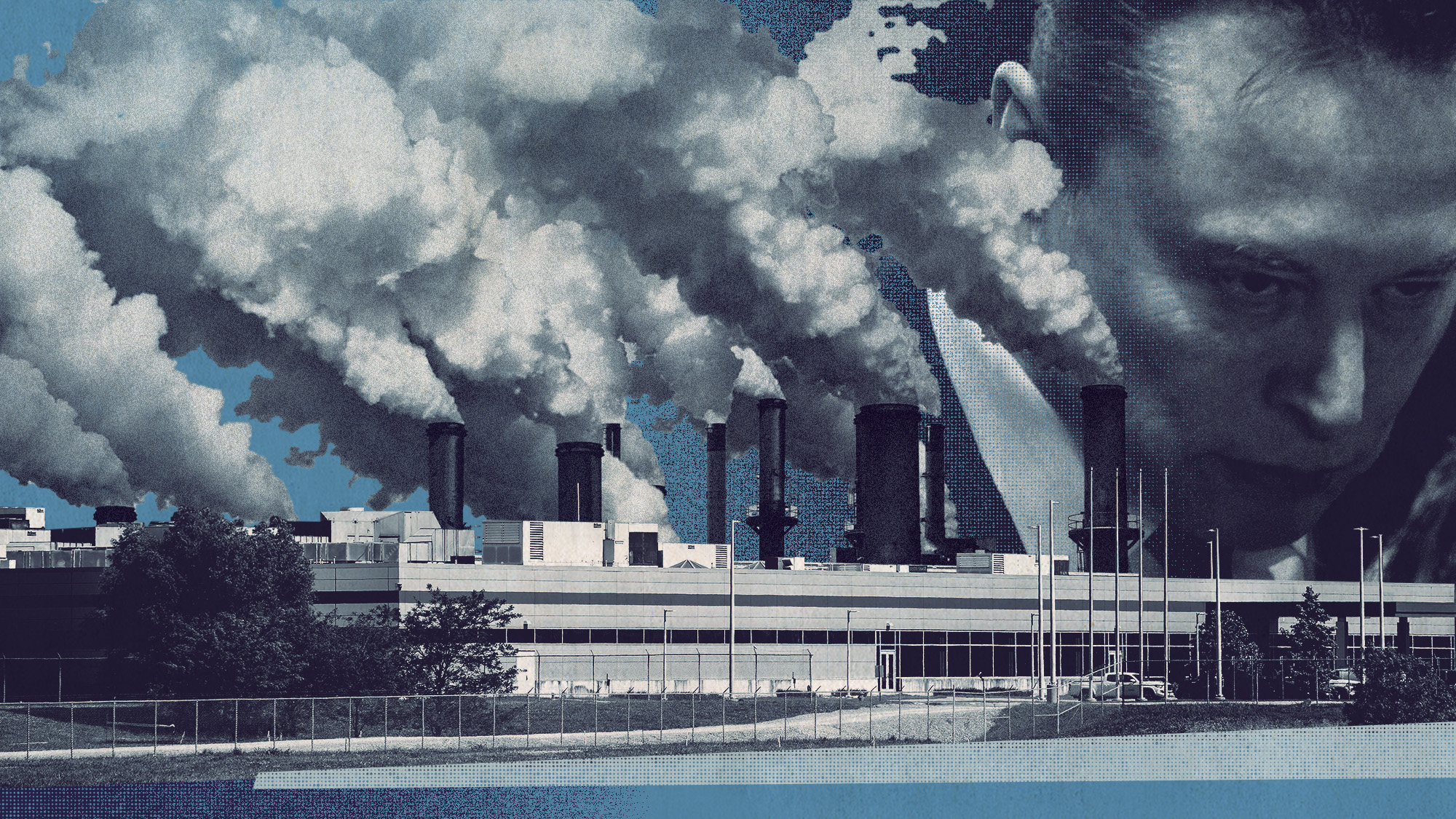 Inside a Black community’s fight against Elon Musk’s supercomputer
Inside a Black community’s fight against Elon Musk’s supercomputerUnder the radar Pollution from Colossal looms over a small Southern town, potentially exacerbating health concerns
-
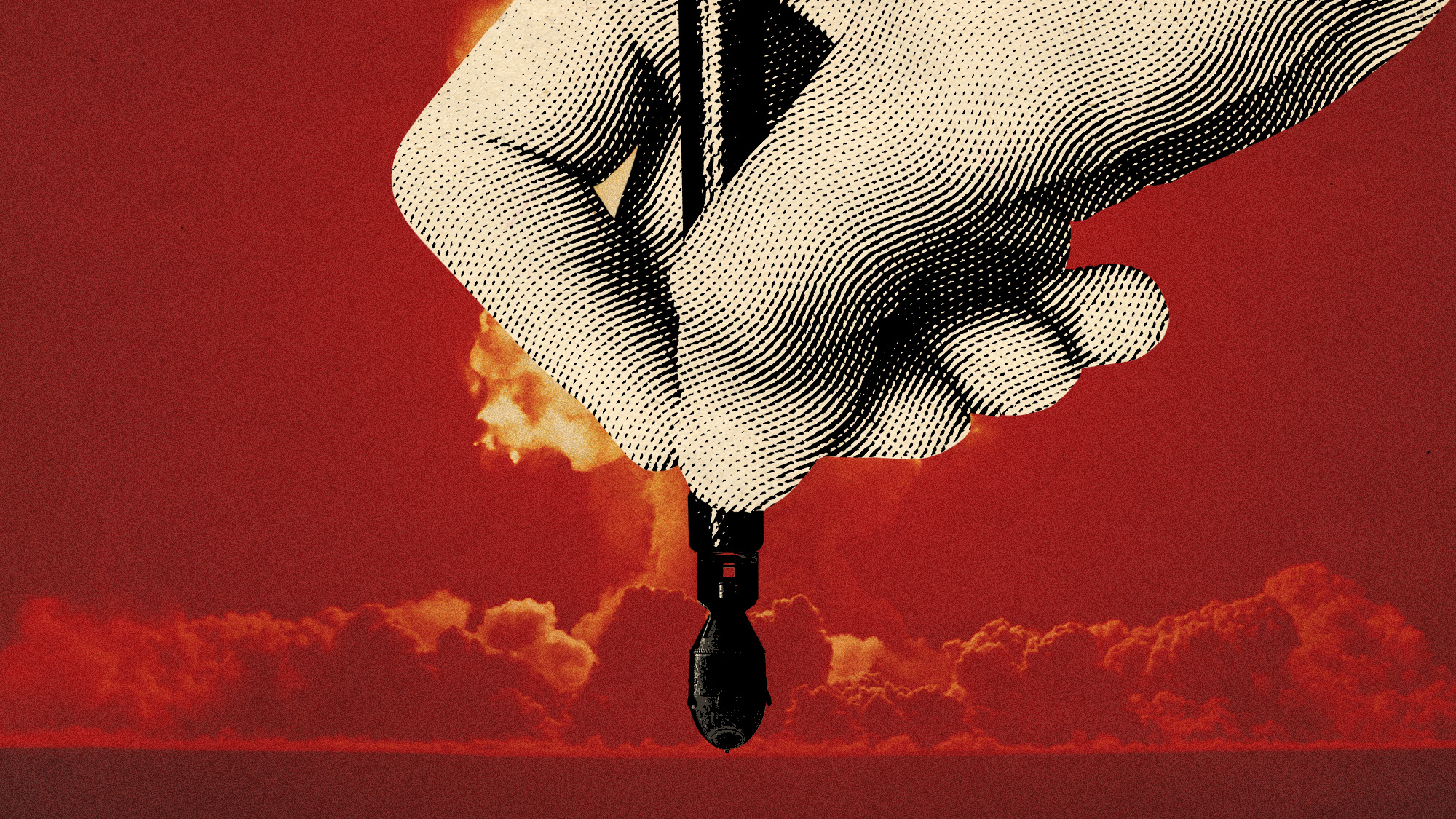 Poems can force AI to reveal how to make nuclear weapons
Poems can force AI to reveal how to make nuclear weaponsUnder The Radar ‘Adversarial poems’ are convincing AI models to go beyond safety limits
-
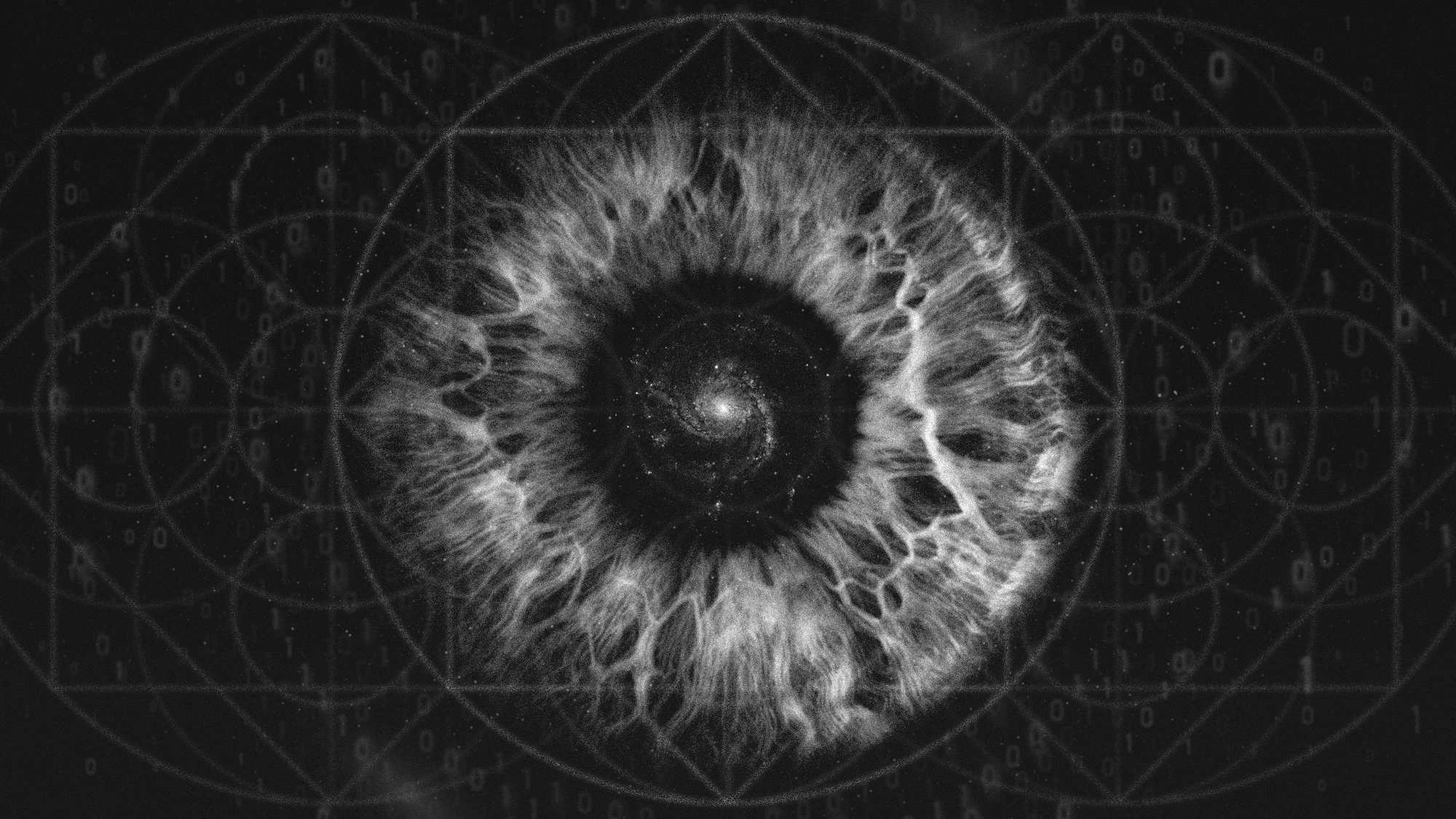 Spiralism is the new cult AI users are falling into
Spiralism is the new cult AI users are falling intoUnder the radar Technology is taking a turn
-
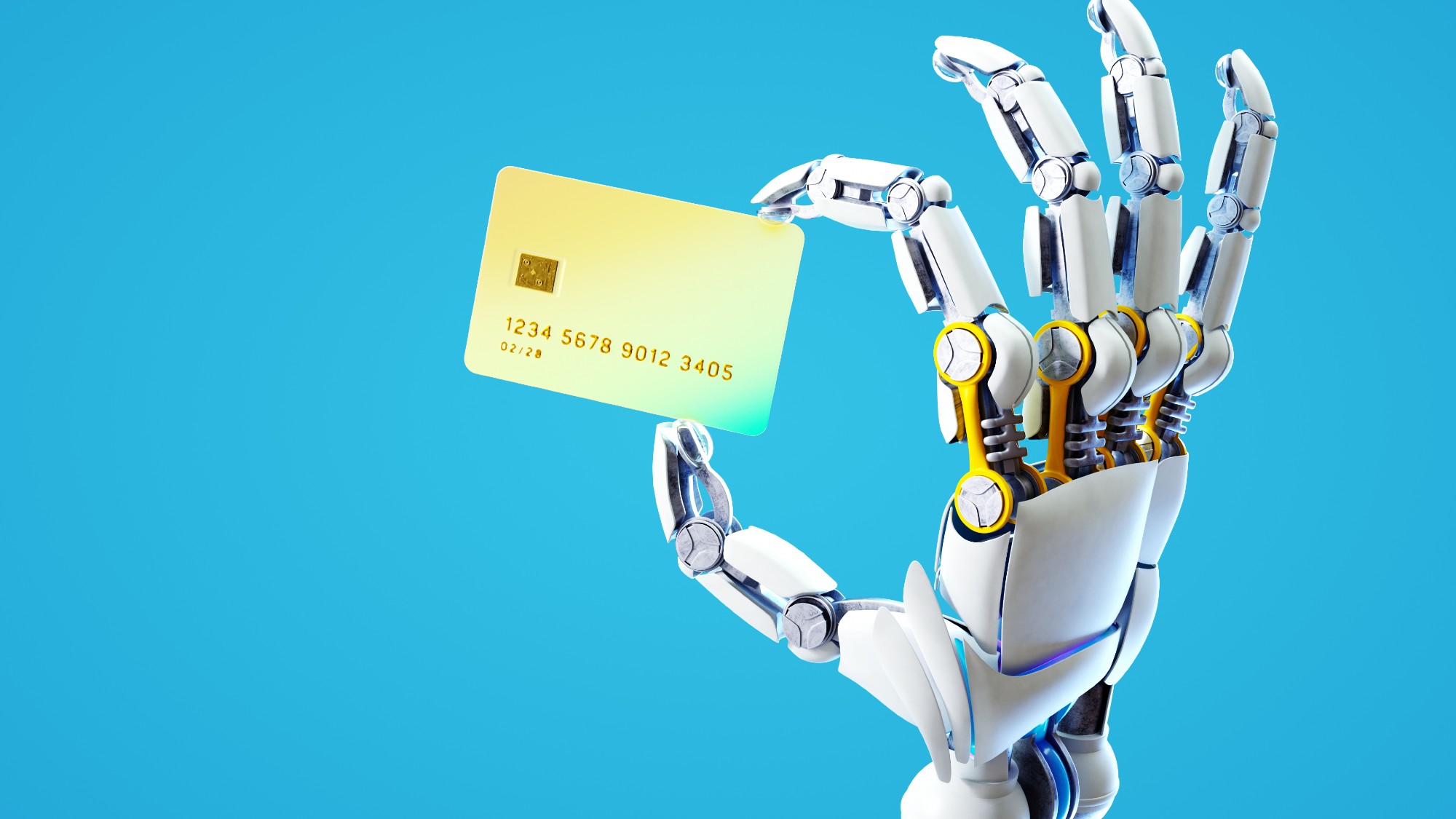 AI agents: When bots browse the web
AI agents: When bots browse the webfeature Letting robots do the shopping
-
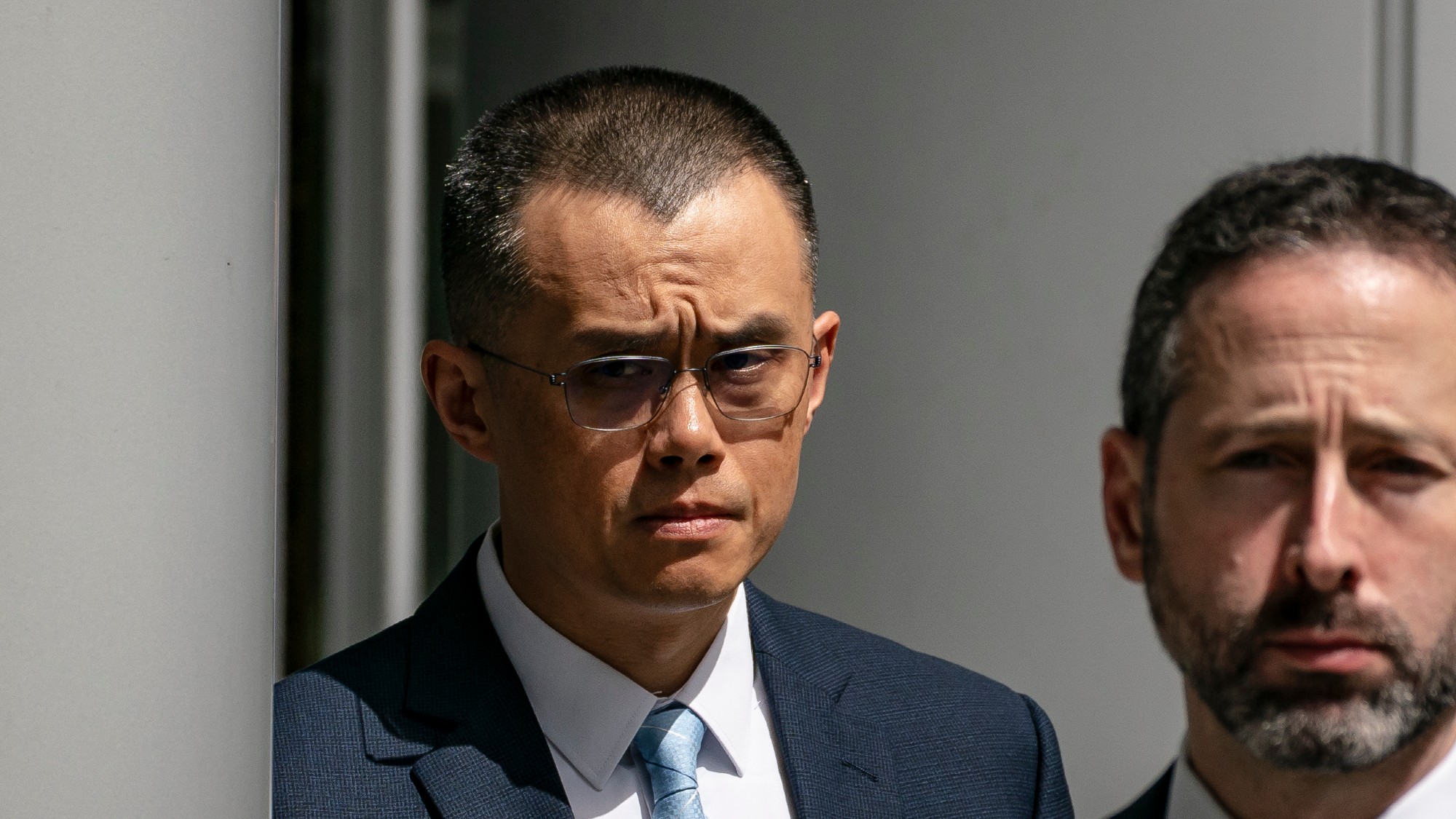 Why Trump pardoned crypto criminal Changpeng Zhao
Why Trump pardoned crypto criminal Changpeng ZhaoIn the Spotlight Binance founder’s tactical pardon shows recklessness is rewarded by the Trump White House
-
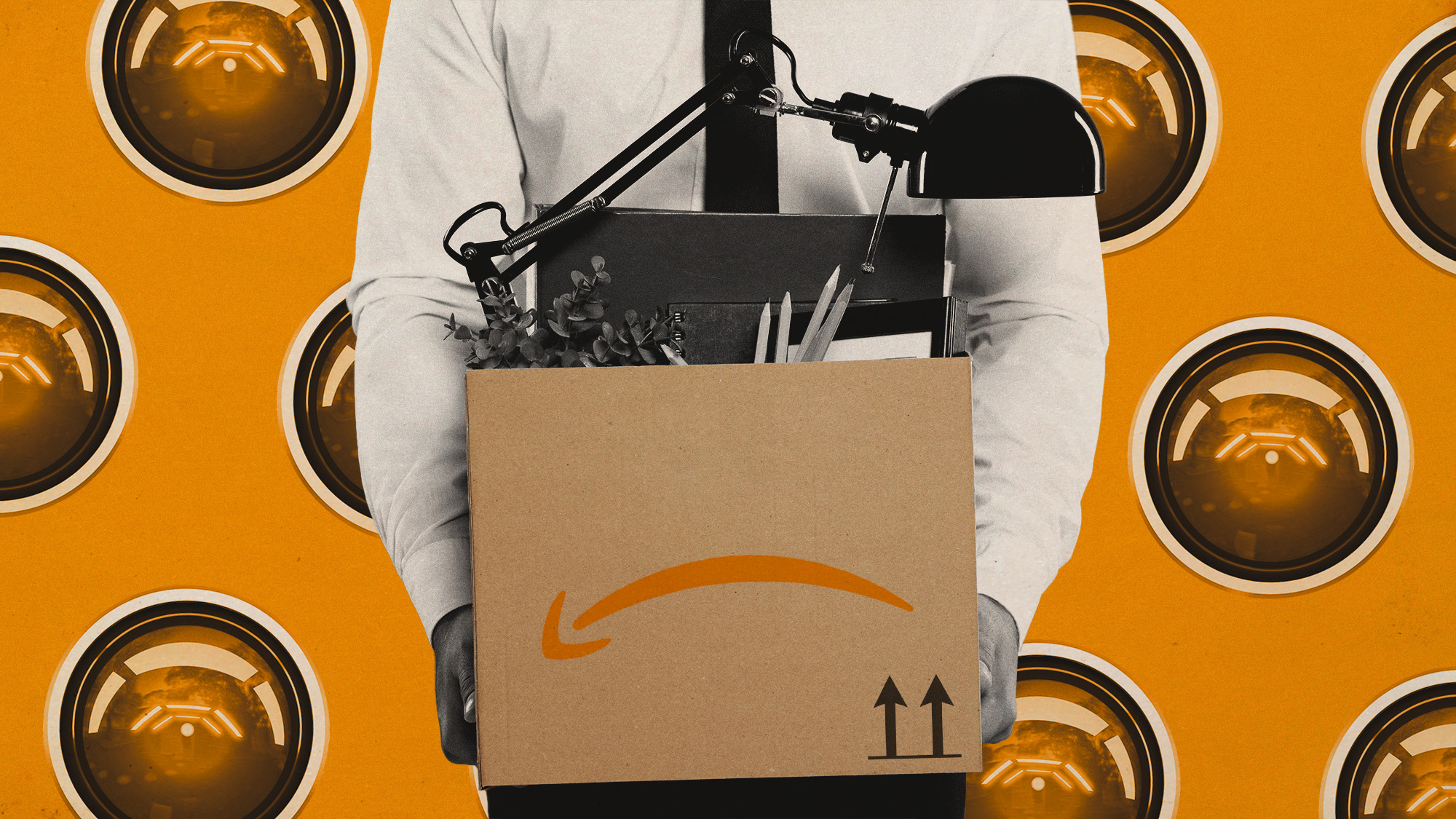 Is AI to blame for recent job cuts?
Is AI to blame for recent job cuts?Today’s Big Question Numerous companies have called out AI for being the reason for the culling
-
 ‘Deskilling’: a dangerous side effect of AI use
‘Deskilling’: a dangerous side effect of AI useThe explainer Workers are increasingly reliant on the new technology